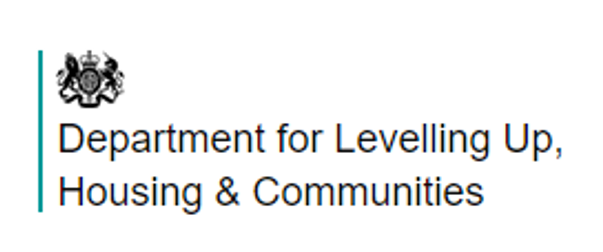(Vital housing research questions, and what to do with the answers part 4)
So you’ve found out what’s depressing your resident satisfaction statistics, and you’ve got a plan. Actually, you’ve got more than a plan, you’ve been running a new system for six months or more. But your tenants don’t seem to be any happier.
Be honest with yourself: is there a service failure you’re not addressing? What are residents actually saying to you? Is there something hidden there you need to investigate?
But once that’s done, you can move on to the other option which is that sometimes, it’s more about communication to change perceptions rather than service failure.
Here’s a clear example: residents in one housing association, awarded an overall satisfaction rating of 78 per cent for the repairs and maintenance service.
However, when we analysed the findings further, we found that the rating jumped to 84% for those who had a repair in the last 12 months. And the individual ratings for aspects of the last repair ranged from 82% to 93% – a far cry from the headline rating of 78% for all residents.
What does this mean? The top line is that this is a good news story, with great satisfaction ratings to share with residents. If you’re applying the feedback loop strategy I described in my blog last week then communications need to be part of your action plan. It’s a good idea to have a good PR/marketing strategy to ensure you keep on disseminating these messages to tenants over several years.
It’s important to not just remind them once or twice of the actions you’ve taken as a result of their feedback – but, it’s equally important not to give them precisely the same message every week for two years.
This is another area where forward planning can help. Even the smallest organisations can create a selection of key messages from the action plan, which you can use when talking about what’s happening or going to happen.
You can then use one of these per newsletter (or less, if they’re very frequent), attached to relevant notifications or pieces of information. Don’t forget to remind them about improvements which have been made as well.
Occasionally, though, you might get better results for recent repairs even if you haven’t changed the service. If that’s the case, it may be worth quietly digging into the data to see if you can find out more, while still sharing the good news with your tenants.
The bottom line is that it’s important for landlords and HAs to not only get data and analysis to identify what’s going well, improve services if necessary, and also to help residents feel better about their service: perceptions can lag several years behind, and this can be damaging for everyone.
This is the last in my mini-series of blogs on vital housing research questions, and what to do with the answers you get, and I hope it’s been useful and insightful. If I can answer any more questions on this, please get in touch.
Surveys, data and analysis can be dry subjects, but I hope this has lifted the lid a little on the work we do at Acuity, and why we’re passionate about helping our clients get things right for themselves and their tenants. If we can help you – or if you want to talk through the possibilities – please do email me, or find out more about our services here >>.
Did you miss the earlier blogs in the series, on open-ended questions, the perception question and using the feedback loop? Find them here.






Comments are closed.